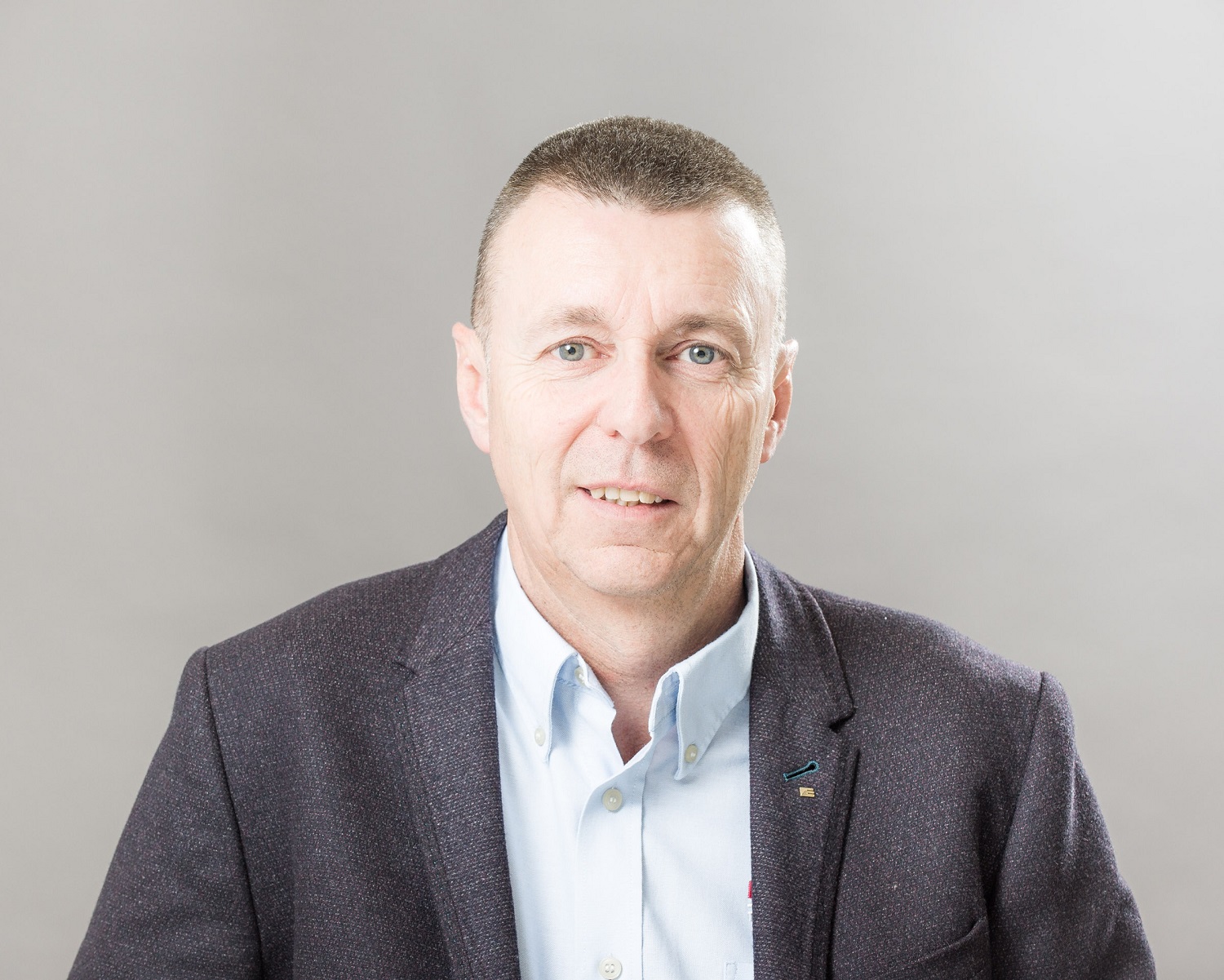Mark Hayton, Director of EGGER Timberpak Ltd, shares his views on the waste wood hierarchy and the importance of segregation.
“We all know that the largest off taker of recycled wood these days is the biomass industry, and that their specification allows for the inclusion of Medium Density Fibreboard (MDF). Because of this, the specification for the acceptance of waste wood into the recyclers has changed.
Previously we had the segregation of wood and MDF onto our sites but now, simply due to the demand from biomass, this has resulted in the majority allowing MDF into their feedstock without segregation. However, from my point of view, this represents a significant step backwards in the effort towards greater recycling, as we should be encouraging segregation not removing it. MDF is not a product that can be recycled; at best, it can be used within energy feedstock.
It is clear to me that the target we should all be aiming for is the waste hierarchy: Reuse, Recycle, Recover. We should all be doing what we can to ensure waste wood that can be recycled is recycled. It will never be seen as acceptable to spend 45 years growing a tree, only to burn it in 45 seconds. We need to take more responsibility. We all need to have a hard think about what we are doing with our waste wood. The primary route for solid wood should be to take it to an outlet that offers recycling over simply burning it. If recycled, carbon is locked away for the lifetime of the product, which can be recycled again and locked away for another lifetime, and so on, thus protecting the valuable resource of wood!
Yes of course this means that producers of waste need to think about segregation, but it is far easier, cheaper and uses less energy, to do this at the point of production, rather than later down the supply chain, which takes more time, uses more energy and is more expensive.
This change requires a different mindset. We already do this on construction sites, with our recycling bins at home and, to a lesser extent, when we go to Household Waste Recycling Centres. The next step is to encourage all producers of waste wood, as well as Household Recycling Centres, where there is less control, to have separate bins, one for solid wood items and one for Chipboard, MDF and laminate flooring. Their staff, customers and the public, then need to be encouraged to use them. This could be supported by better, more descriptive signage with pictures or actual examples, and I am sure support could be obtained for anyone wanting to run such a scheme.
Biomass has its place, and I am certainly not against it, but for me, the most important thing is to make the best use of the resources we have and certainly not to exploit them.”





